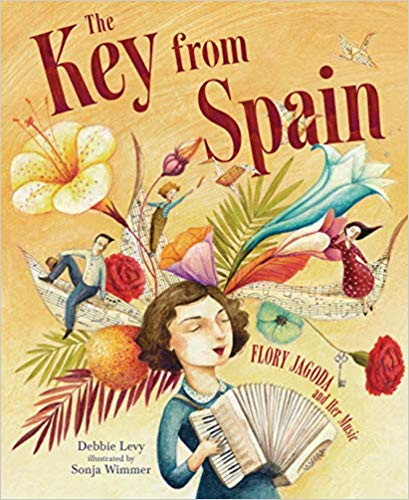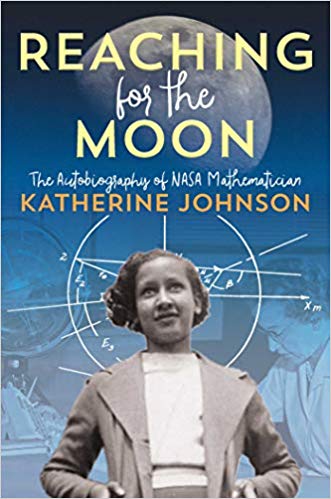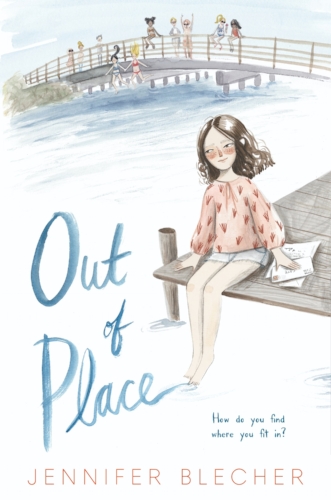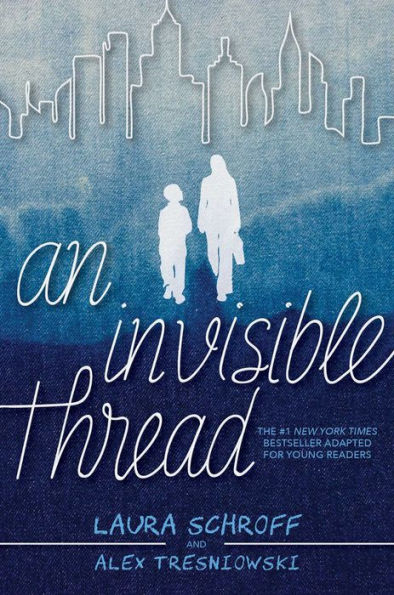
Dear Justice League is a fun new graphic novel about Superheroes that turn out to have very human characteristics. I have two copies to give away to readers who comment below. If you’d like a chance to win, just say what your favorite superhero is and what you like about him or her. Be sure to comment by midnight (PDT) on Wednesday, August 28 for a chance to win. Please Note: the giveaway is closed. Congratulations to Denise and Holly on winning.
Here’s my review of the book:
When ordinary kids write to DC Comic’s superheroes like Superman, Wonderwoman, Aquaman, Hawkgirl, and more, they find out that maybe the superhumans aren’t always perfect. That’s what happens in Michael Northrup’s graphic novel, Dear Justice League.
When a boy writes to Superman, for instance, asking if he ever messes up, Superman checks for the message while he’s flying. What follows is a chain reaction of all kinds of problems that Superman has to fix. At the end, he admits he isn’t perfect.

Many of the superheros in Dear Justice League battle the bad guys then go home to headquarters to relax and check emails. They answer all kinds of questions that make them wonder about themselves. Hawgirl’s fans want to know if she eats rodents. Aquaman gets a question that asks whether he smells like fish. Their issues online, such as spending too much time checking emails or getting distracted from their chores, are sure to resonate with young readers.
Illustrations by Gustavo Duarte are fun and funny, with exaggerated facial expressions and lots of quirky noises that would be fun for parents to read aloud. I recommend Dear Justice League for readers aged 7 to 10.








